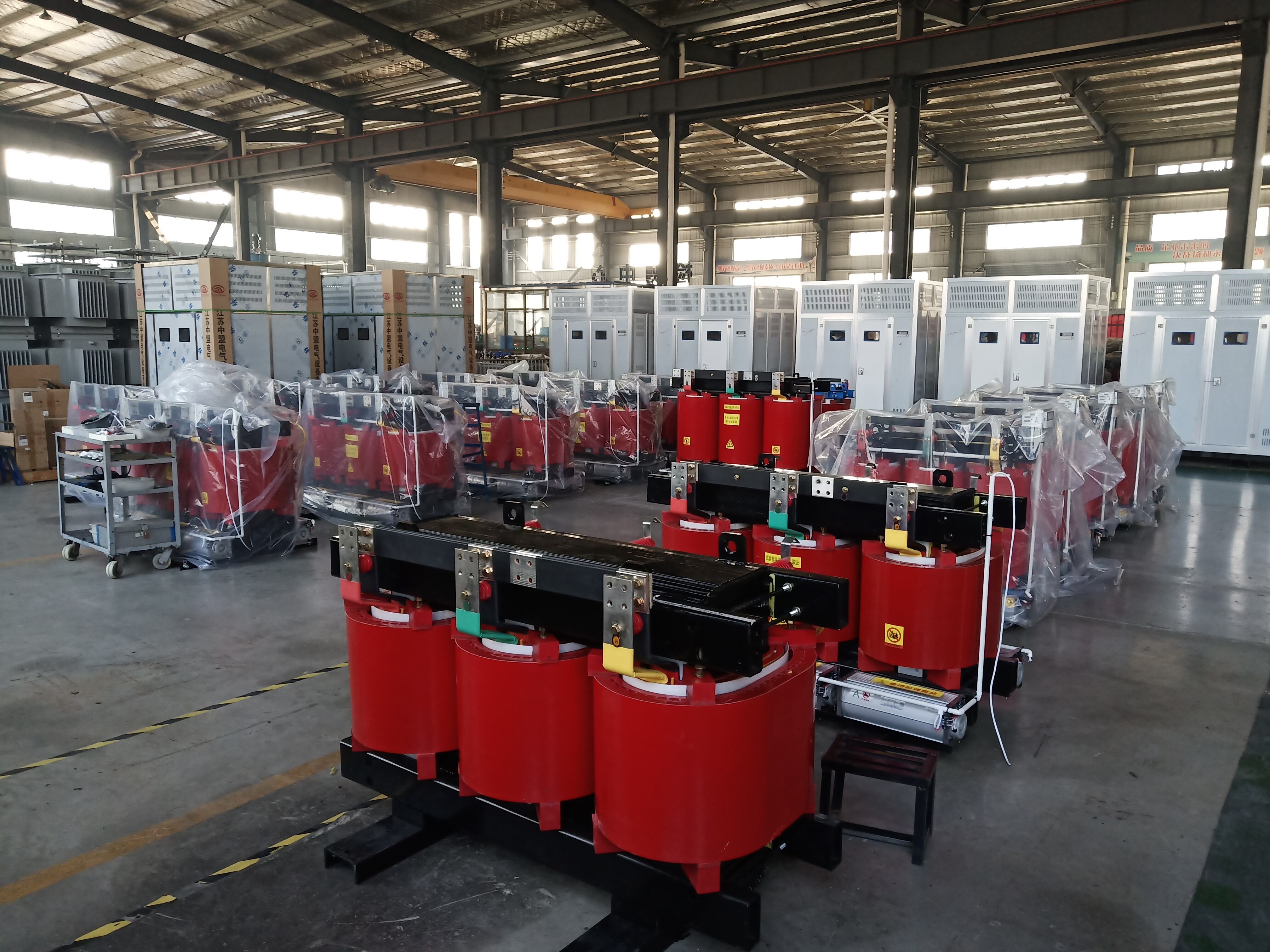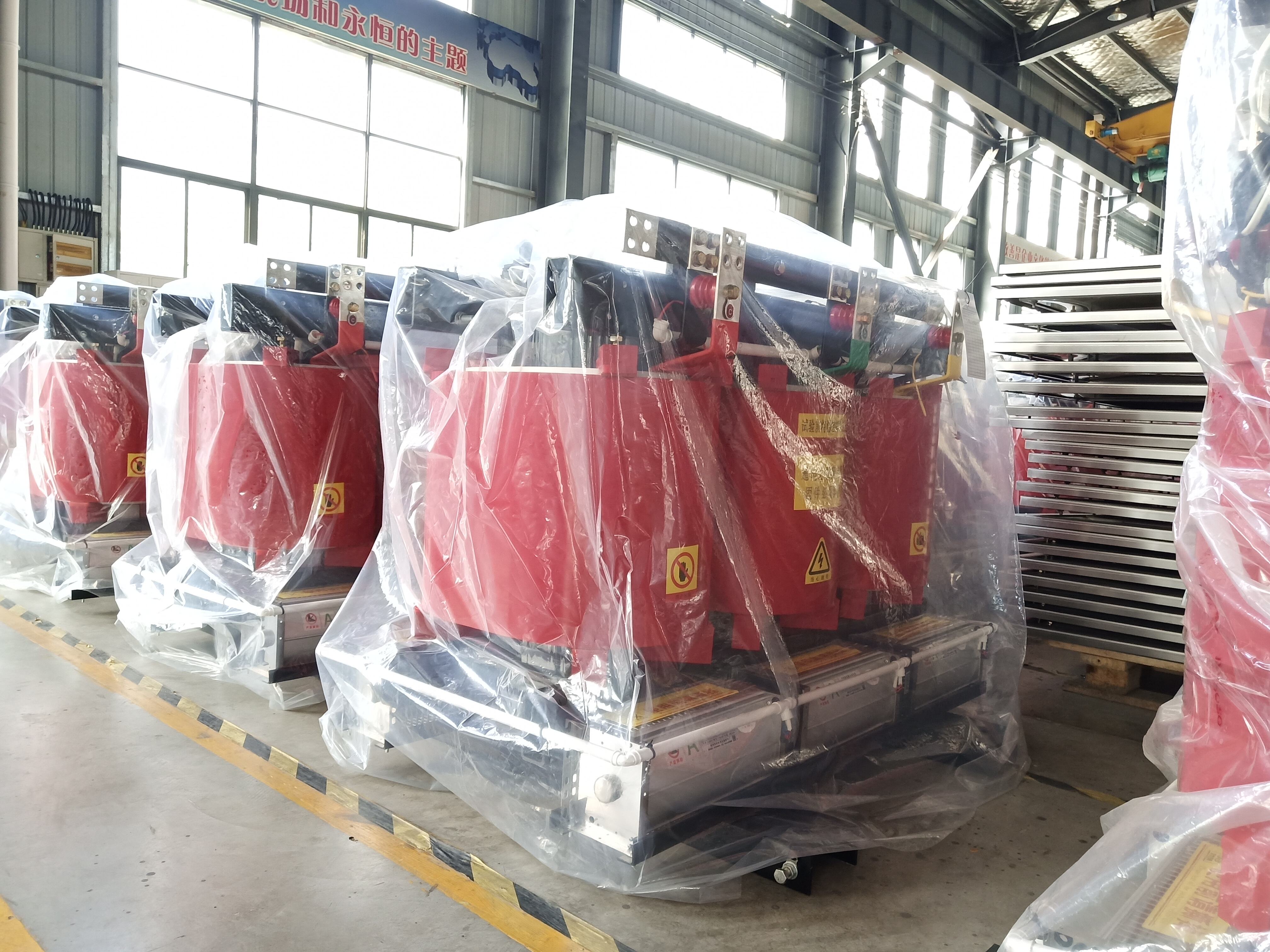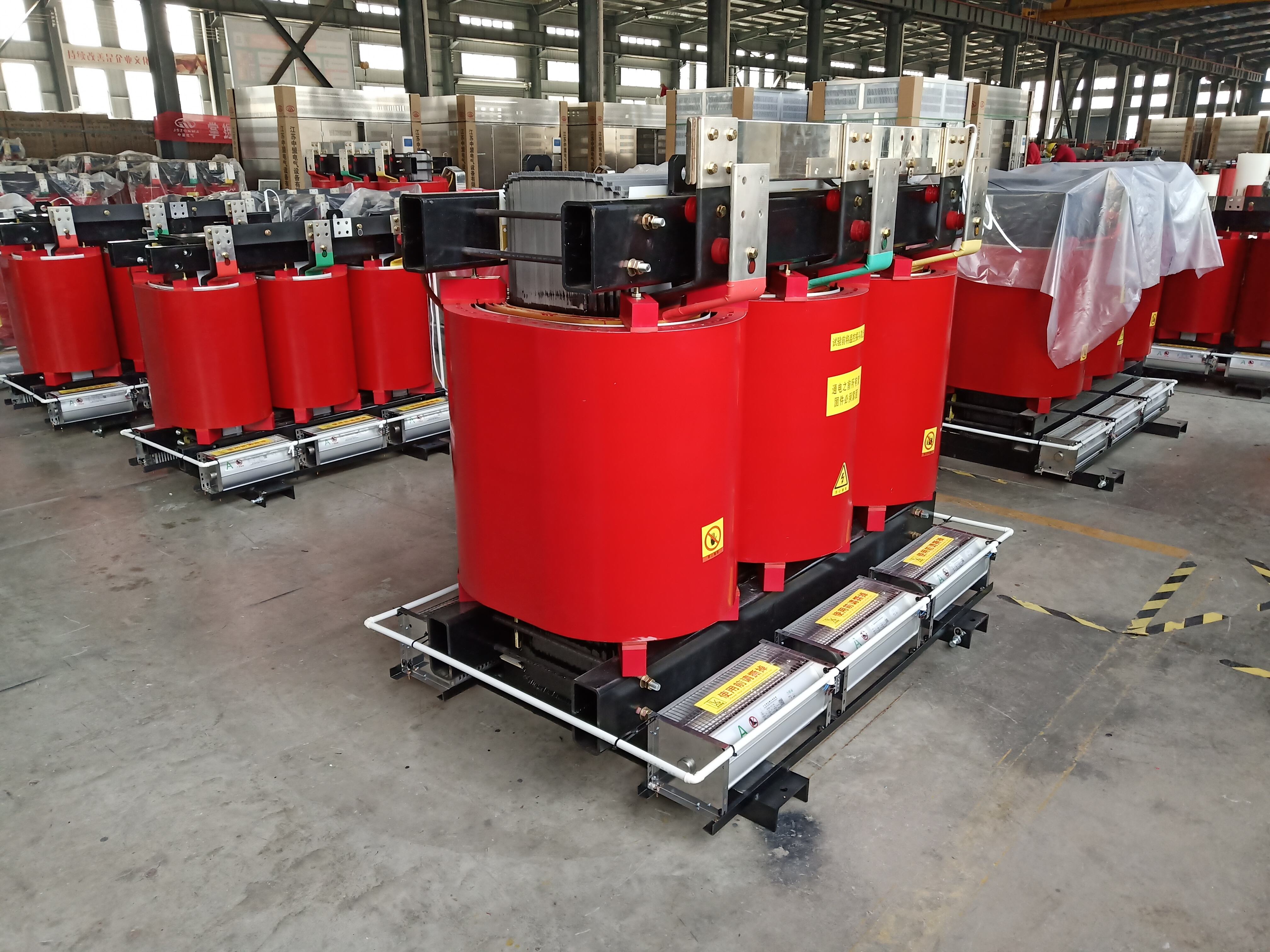electrical transformer substation
An electrical transformer substation serves as a critical infrastructure component in power distribution systems, functioning as a vital link between high voltage transmission lines and local distribution networks. These sophisticated facilities house an array of equipment designed to transform voltage levels, ensuring safe and efficient power delivery to end users. The primary function involves stepping down high transmission voltages to more manageable levels suitable for local distribution. Modern substations incorporate advanced monitoring systems, protective relays, and switching equipment that work in concert to maintain system stability and reliability. The facility typically contains power transformers, circuit breakers, disconnect switches, and various measurement instruments that continuously monitor electrical parameters. Safety features include lightning arresters, grounding systems, and protective enclosures that shield sensitive equipment from environmental factors. The substation's design prioritizes redundancy in critical components to prevent service interruptions, while automated systems enable remote monitoring and control capabilities. These facilities are strategically positioned within power grids to optimize distribution efficiency and minimize transmission losses. The integration of smart grid technologies has enhanced their capability to respond to varying load demands and power quality issues in real time. Regular maintenance and modernization programs ensure these substations meet evolving safety standards and operational requirements, making them indispensable in modern power infrastructure.


